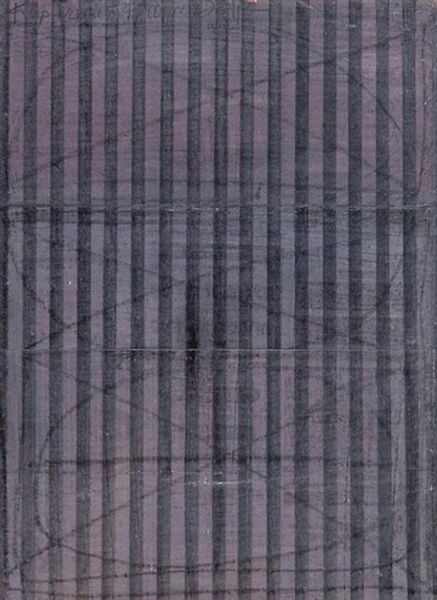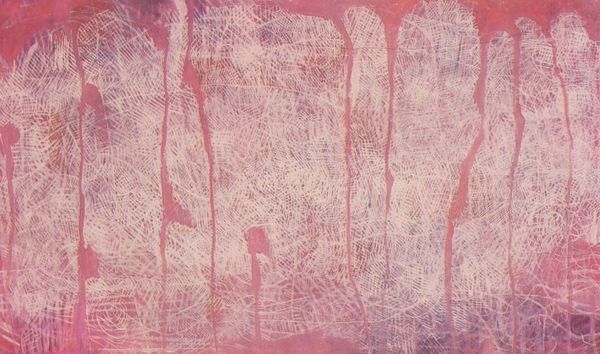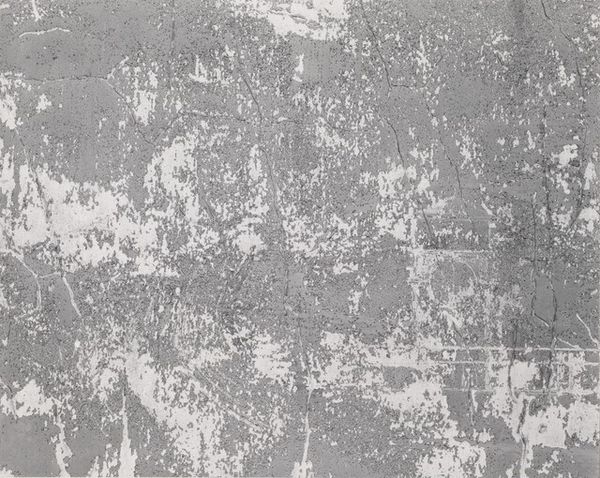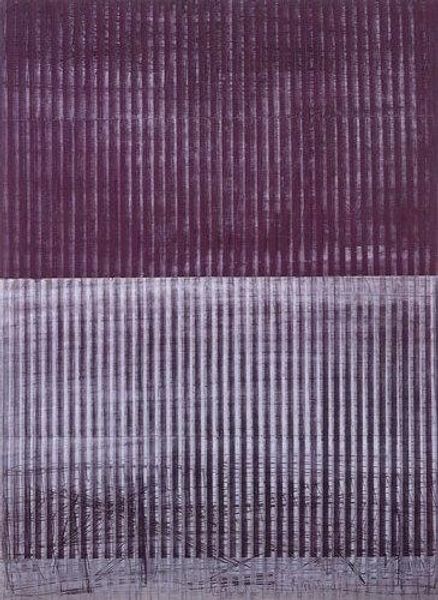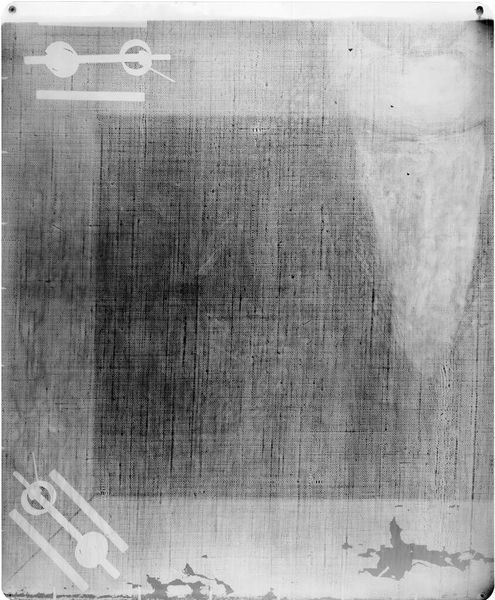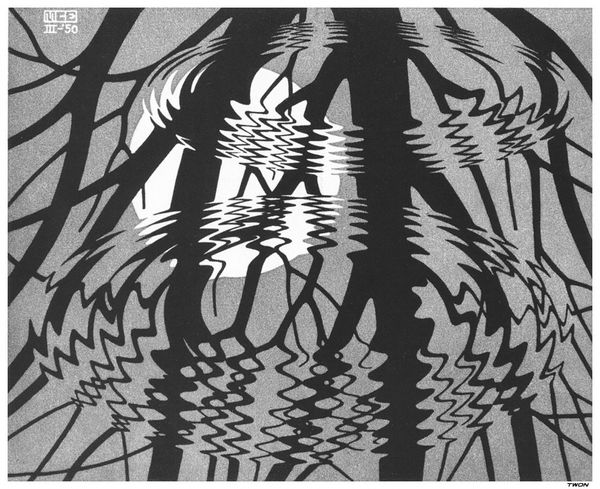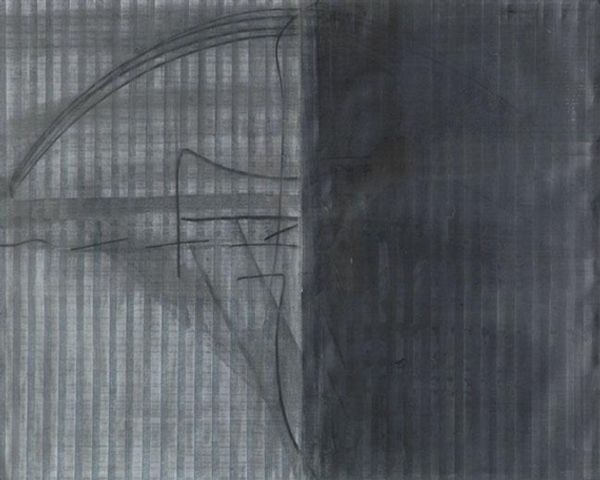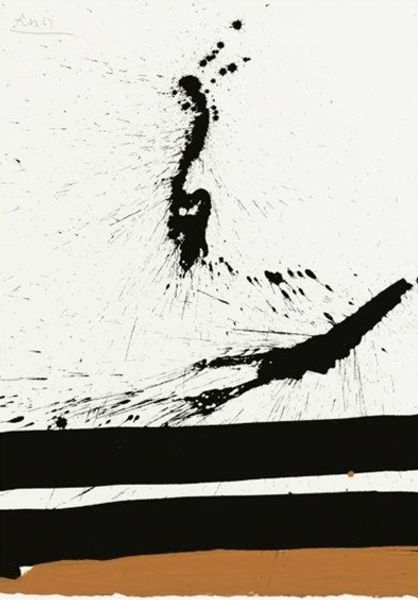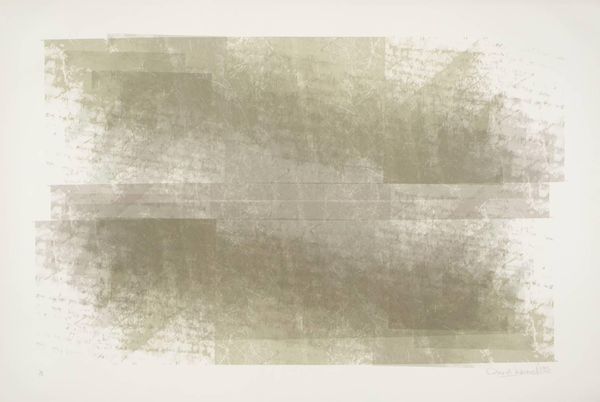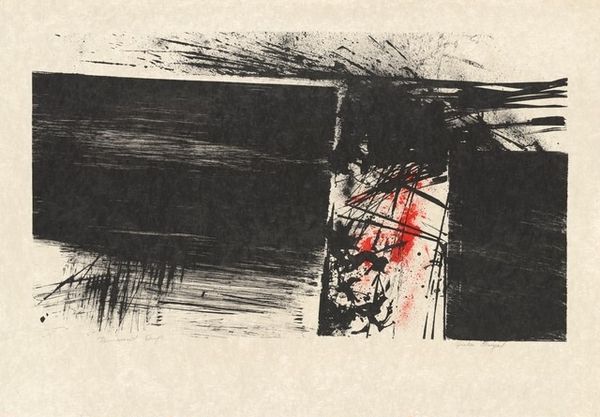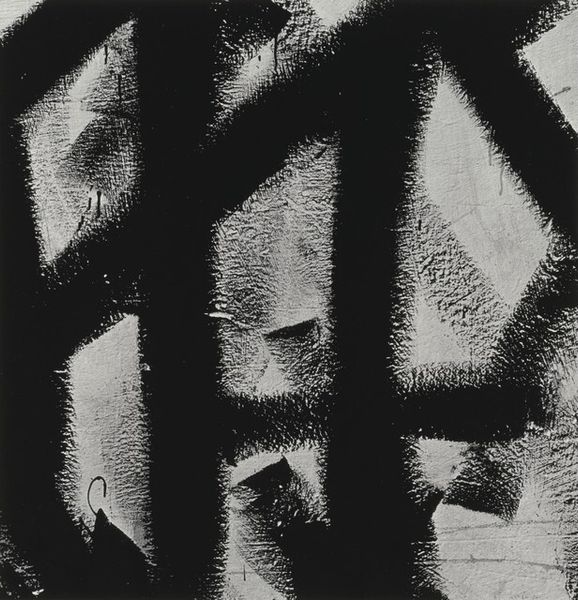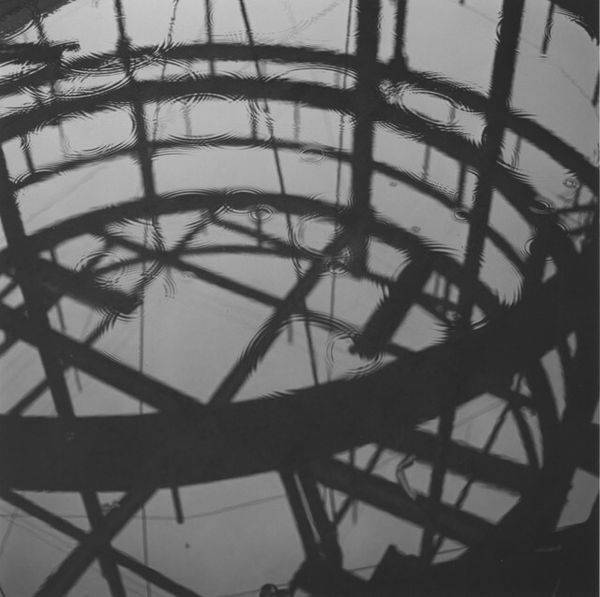
drawing
#
drawing
#
conceptual-art
#
geometric
#
abstraction
#
line
Copyright: Moshe Kupferman,Fair Use
Editor: This untitled drawing by Moshe Kupferman, made in 1979, presents us with a striking duality. Half of the work is a dense field of horizontal lines, while the other features sparser, almost hesitant gestures over the same lined background. What is Kupferman trying to convey here? Curator: It's crucial to view Kupferman's work within the historical context of post-war abstraction. In Israel, there was a strong debate on the role of art after immense social and political upheaval. Was art to serve nationalist narratives or grapple with universal human conditions? Kupferman rejected the former, focusing instead on process and the act of creation itself. Editor: So, the simplicity isn't really simple? Curator: Exactly. The repetitive lines can be seen as a meditation on labor, a quiet resistance to grand narratives. He uses readily available materials and a limited visual vocabulary, democratizing art and rejecting notions of artistic genius. Think about who had access to art at the time and the message this piece might be sending. Editor: It's interesting to think about the political act of simplifying, of almost disappearing into the grid. Is that also a comment on the collective versus the individual? Curator: Precisely. The grid, so prevalent in 20th-century art, becomes a space for negotiation. Kupferman subtly disrupts it, introducing personal marks, questioning the rigid order. Consider the viewer's role as well – are they implicated in maintaining the grid or challenging its dominance? Editor: That shifts my perspective. I initially saw a muted, minimalist work, but now I understand how it resonates with the cultural and political climate. Curator: And that is precisely how art continues to engage and challenge us today.
Comments
No comments
Be the first to comment and join the conversation on the ultimate creative platform.
